There you are, wandering amid the lush landscapes of Australia. Spotting a bench ahead, you think how lovely it would be to rest your weary limbs. But alas, the bench is taken by a rather curious creature. Wearing a shaggy white coat and standing on spindly legs, it cocks its head as you approach, menacing you with a long black bill. Who is this? Is it friend or foe? Why, from your Australian bird guide, you discover this to be the Australian Ibis, one of the many quirky and (hopefully) friendly birds of Australia.
Now, from the curious bin chicken to the regal pelican, Australia’s birds are as varied as its landscapes. In fact, Australia is home to over 700 species of birds, from the big to the small, to the vibrant to the plain. Today, let’s meet six feathered locals you’re likely to encounter.
1. Australian Pelican
On the Gold Coast of Australia, many surf, stroll, and sunbathe along the beach. As you soak in the scene, a rather curious creature floats into view. Gasping in wonder, you marvel at the bird’s brilliant white plumage marked by black, the bulbous pouch at its throat, and its sheer size, for it is a giant among birds. Who is this but the Australian Pelican? This connoisseur of fish can usually be found near wetlands and waterways, using its delicately built bill to snatch a bite or two from the sea. Sometimes, it will even use its handy throat pouch as a fishing net. How convenient!
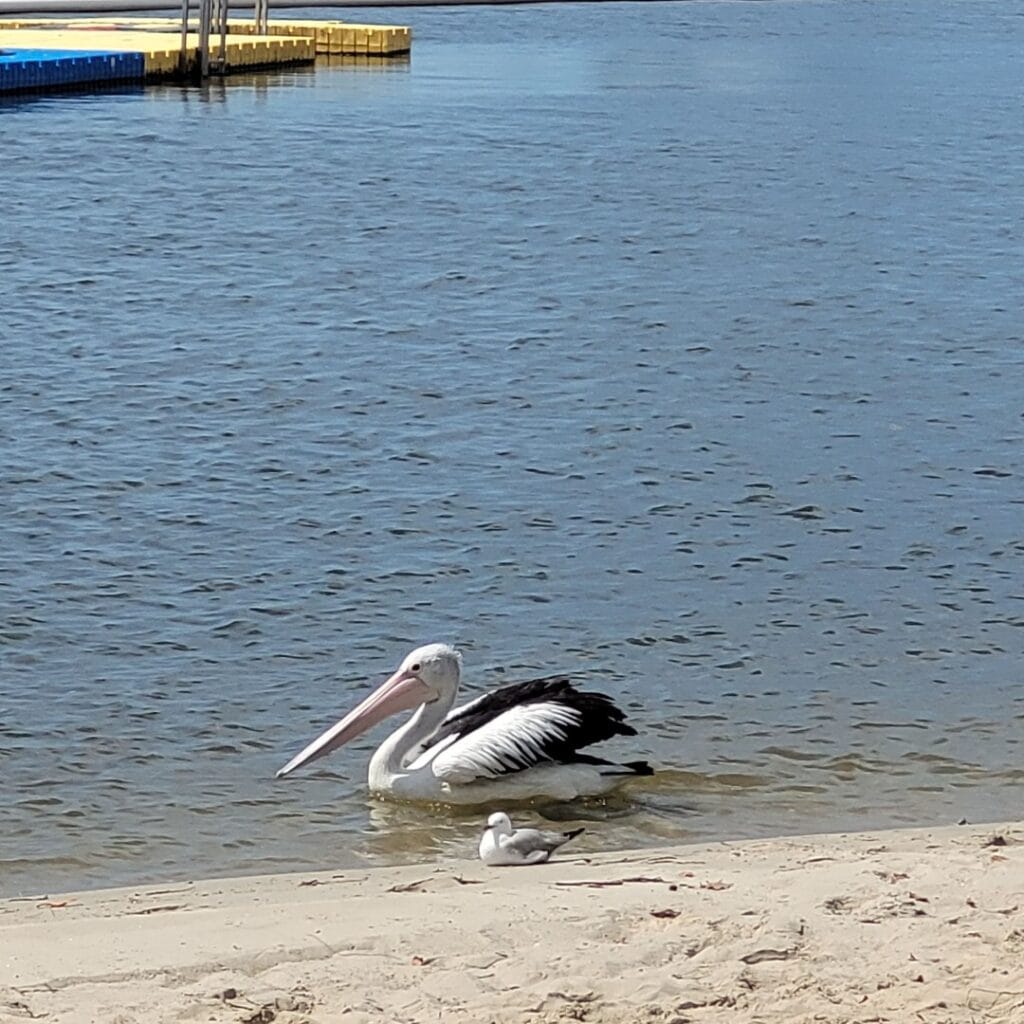
Fun fact: The bill of the Australian Pelican is the largest of all birds, measuring 40-50 cm!
2. Common Myna
Ah, what do we have here? Before you struts a brown bird with a black head accentuated by a yellow bill. Around the eyes, the skin is strangely bare, making it appear somewhat reptilian. As you review your Australian bird guide, you learn this is the Common Myna, a member of the starling family. Now, the Common Myna shows no fear around you, for it is quite at home among humans. In fact, these birds will nest wherever they can, whether it be in building crevices or utility poles. Personality-wise, the Common Myna can be rather bold and aggressive, helping it thrive in urban areas.
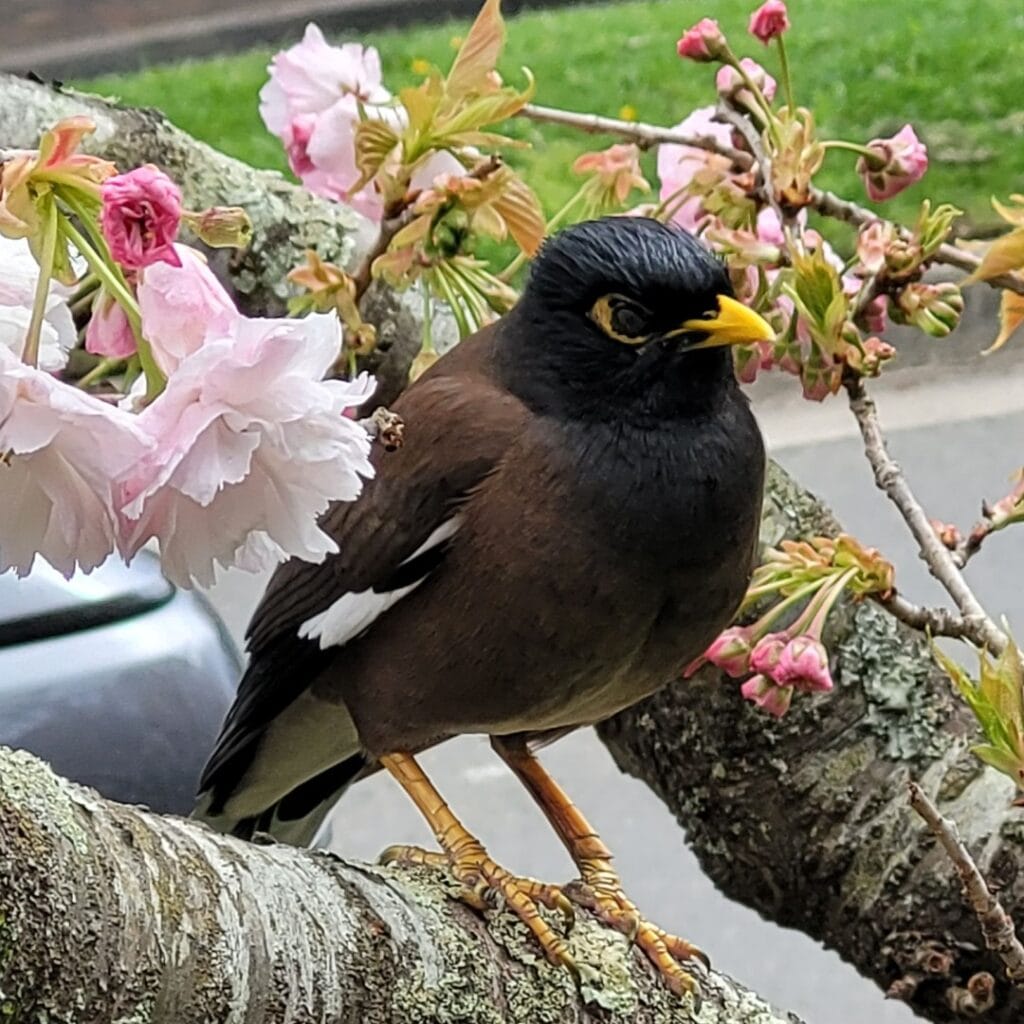
Fun fact: At an Australian train station, some Common Mynas learned to snatch food scraps from arriving trains before the doors close.
3. Laughing Kookaburra
The Laughing Kookaburra distinguishes itself by being the largest of the Kingfisher species. As you roam about Sydney, you are startled by a rather raucous laugh. Perched atop a tree, you see a white plumed belly accentuated by a brown back and wings. It stands still as a statue, surveying you with its piercing black eyes before unleashing yet another cackle. But there isn’t just one. The tree seems to shake with laughter. After all, the more Laughing Kookaburras there are, the merrier the mirth.
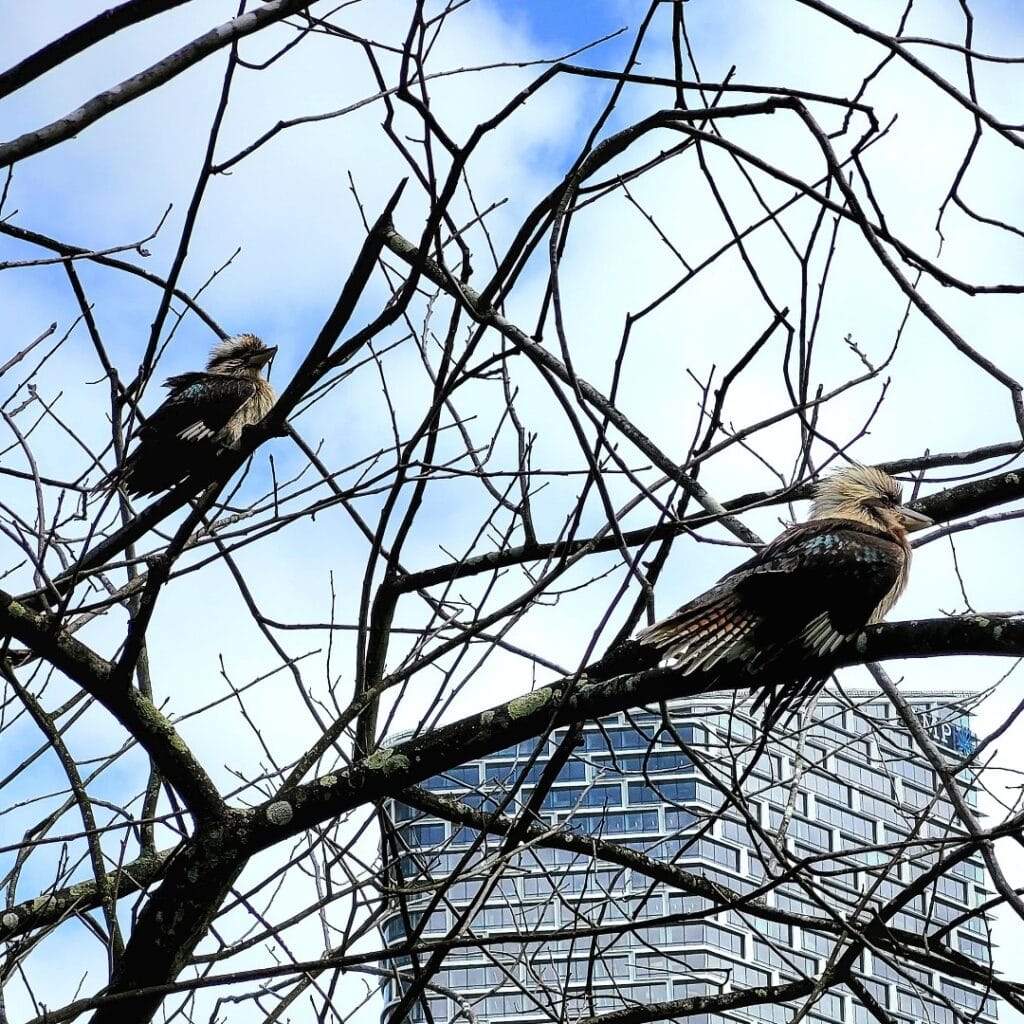
Fun fact: You have likely heard the Laughing Kookaburra’s call, for it is often used in jungle movie soundtracks.
4. Masked Lapwing
Pecking amid the grass are brown birds with bulging yellow wattles. Perhaps these are the yellow-wattled brown birds? You would be close, but upon consulting your handy bird guide, you learn that they are in fact, Masked Lapwings. Those yellow wattles do resemble a mask, a rather warty one. These ground-dwelling birds are crowned in black, and on the wrist of each wing is a thorny spur, like a spear. These birds do not take kindly to intruders and may even dive at those foolish enough to attempt an intrusion.
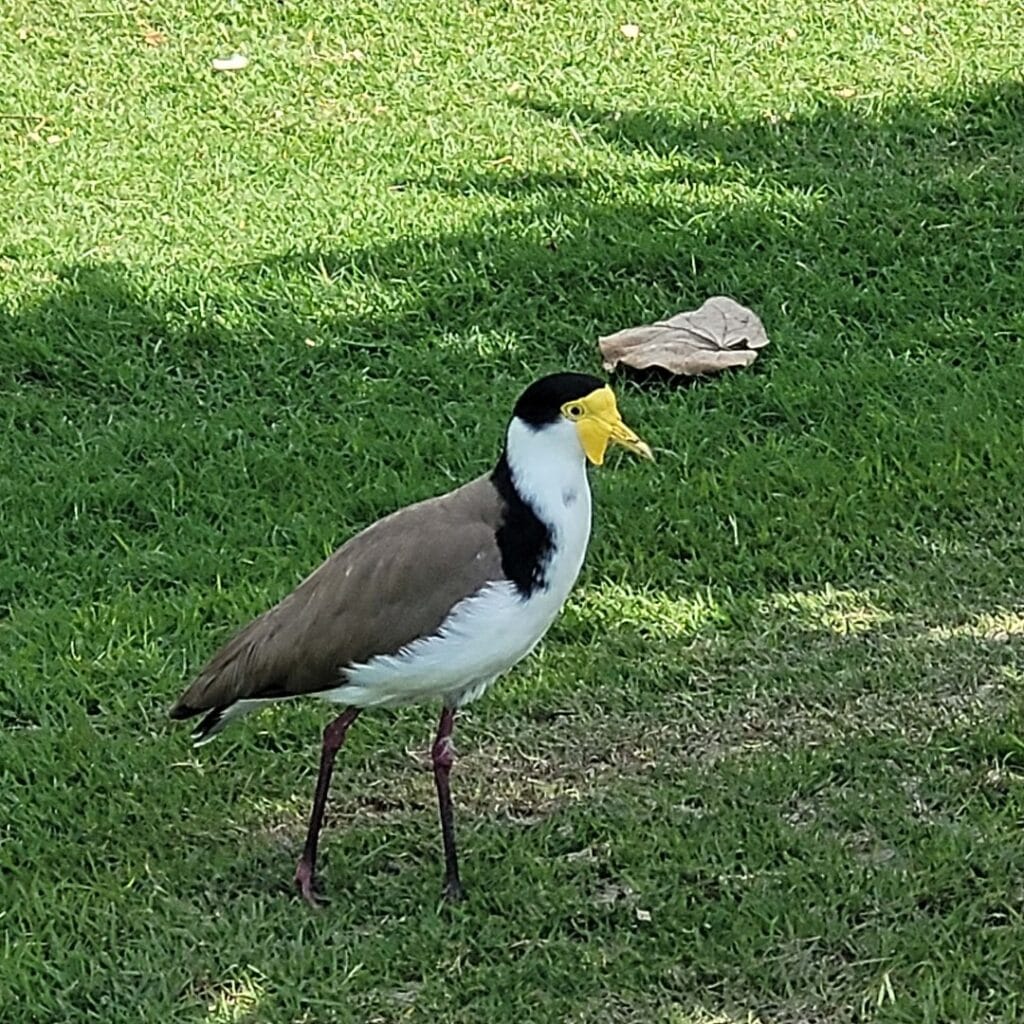
Fun fact: Masked Lapwings are homebodies and do not tend to migrate.
5. Dusky Moorhen
As you relax on a bench in the Royal Botanical Gardens, you spot a curious creature dabbling away. Its body and head are black, but its facial shield and bill are bright red, ending in a yellow tip. It almost resembles a duck. As you watch, the creature decides its had enough of the water and slips out to rummage along the shores. Oh dear, just look at the size of its toes! Just like nature’s own clown shoes. However, it is not in the least embarrassed by the sheer size of its feet as it ambles along the shore, making sure that with each step, you see the wondrous size of its bumpy feet.
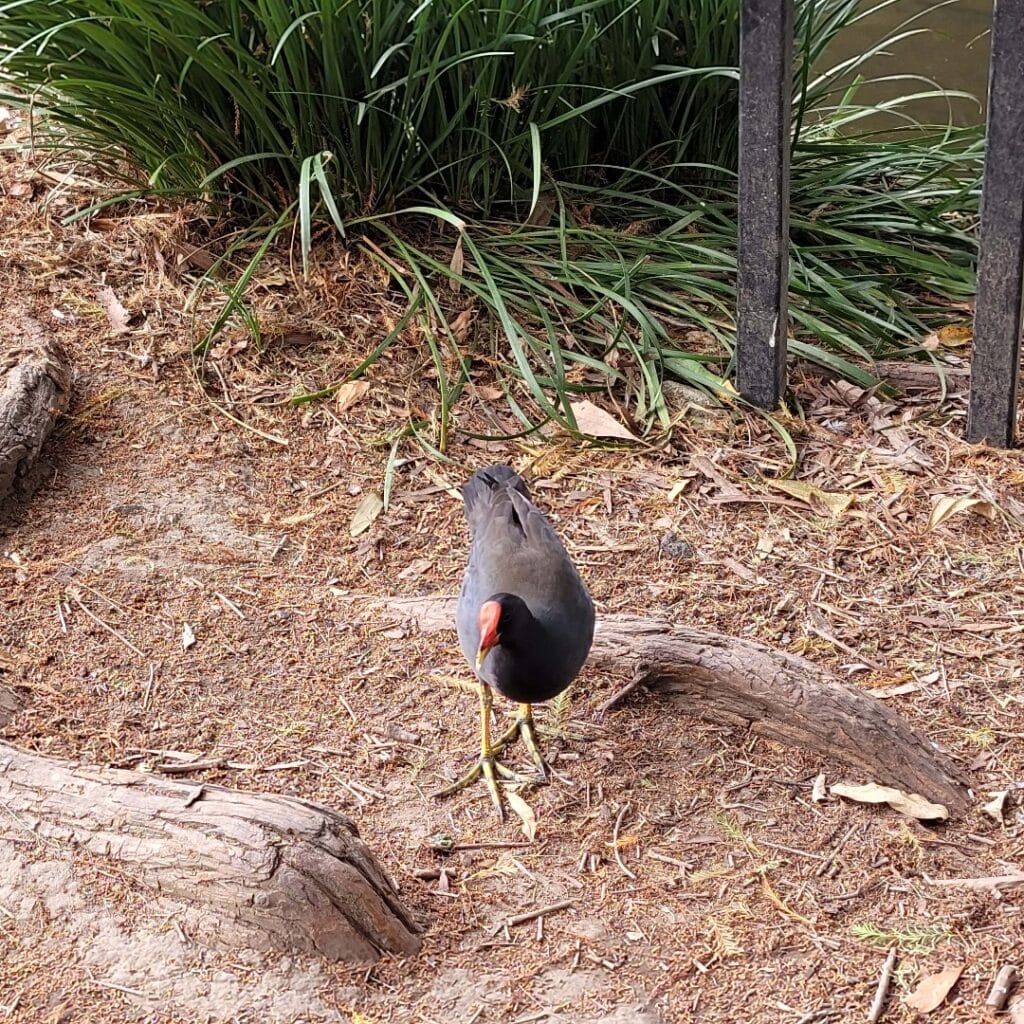
Fun fact: The Dusky Moorhen can be found in Australia, Indonesia, and New Guinea!
6. Australian Ibis
Here it is again. Shaggy white coat. Featherless black head. Long and curved bill. It cocks its head at you as you watch from afar. Who is this? Why, some call it a “bin chicken” though its “proper” name is the Australian Ibis. In my travels, the Australian Ibis was a regular companion, particularly in the city. Just as the moniker of “bin chicken” suggests, the Australian Ibis is often found where there is rubbish, scavenging for an easy bite. They can be a tad intimidating at first because of their size, but they will usually let you be.
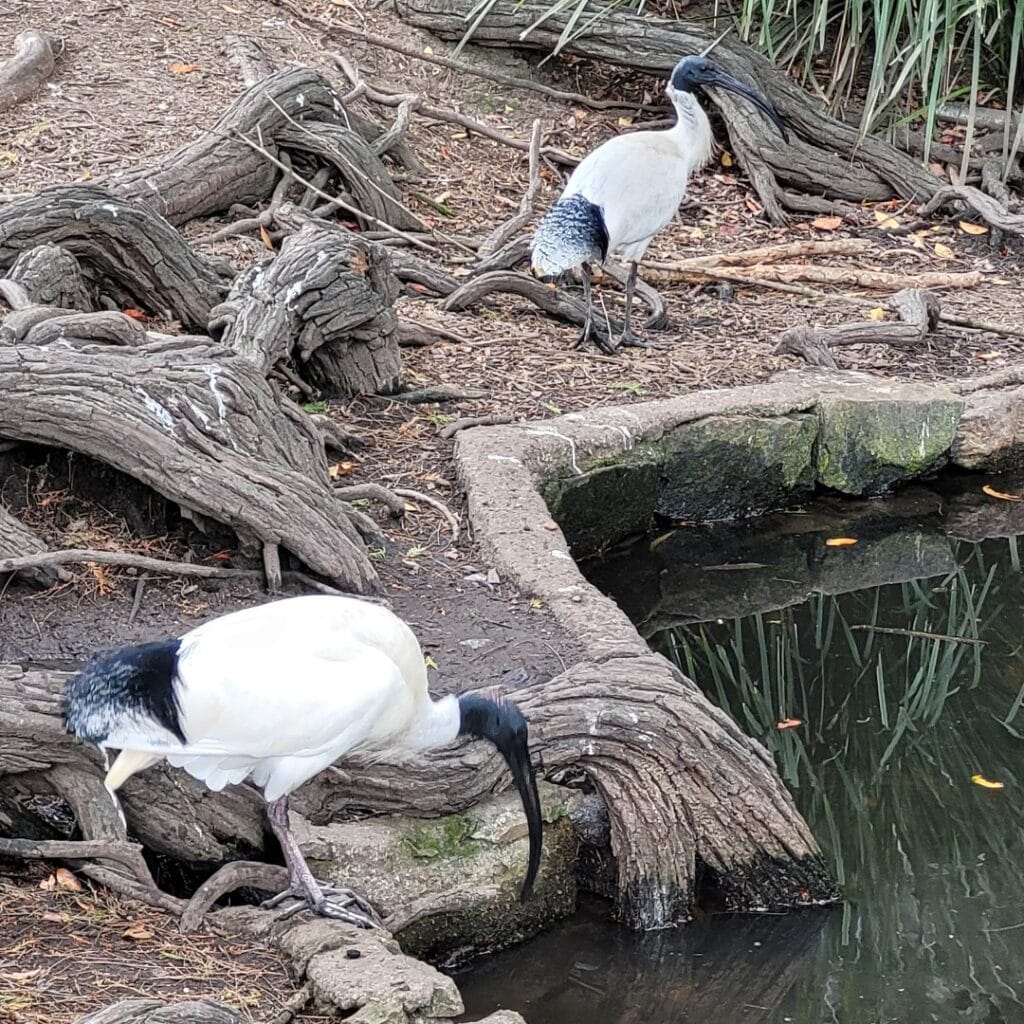
Fun fact: Though they are now a staple in big cities, they once used to be rare and only began moving in during the 1970s because of drought-driven changes in habitat.
Final Remarks
Here was a sneak peek at six common birds of Australia. As you venture out yourself, be mindful of the principles of Leave No Trace. Plan ahead, be considerate of others, and watch where you step, for you wouldn’t want to ruffle any feathers. Lastly, while photos do serve as meaningful keepsakes, you will only fully experience the moment when you set aside the camera and enjoy the experience without distraction, particularly when you are meeting the quirky birds of Australia.
I hope you enjoy, and I look forward to sharing more unofficial wonders with you. Until next time, keep your eyes skyward and your snacks guarded. Happy birding!
Thank you for journeying with me.
Be sure to subscribe for a weekly tale and the latest and greatest from the blog.
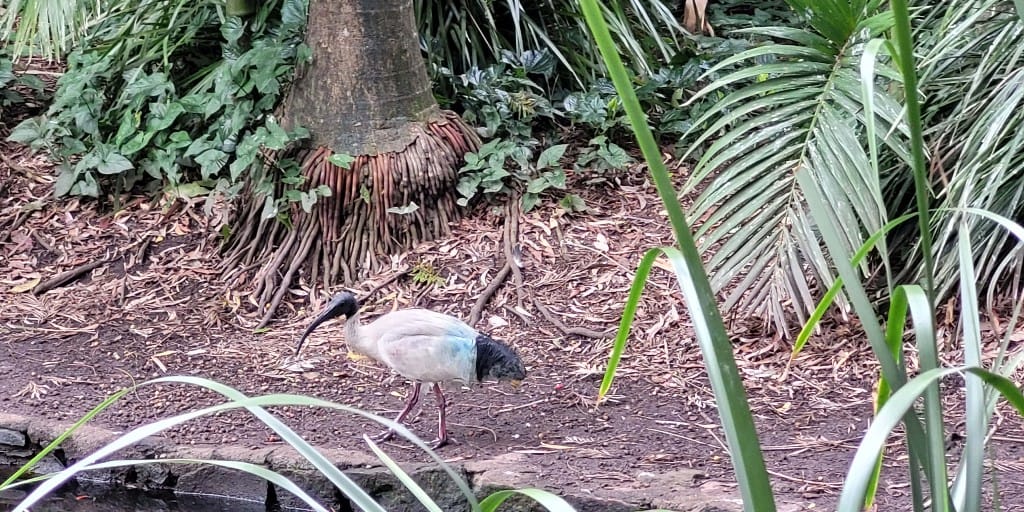
Leave a Reply